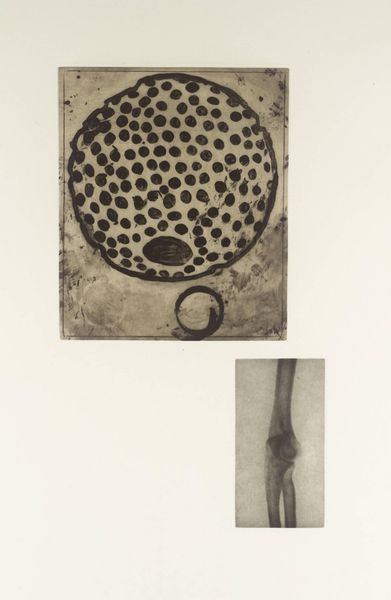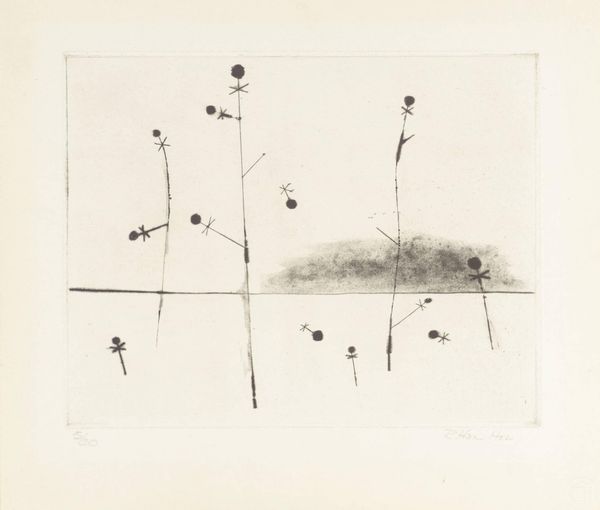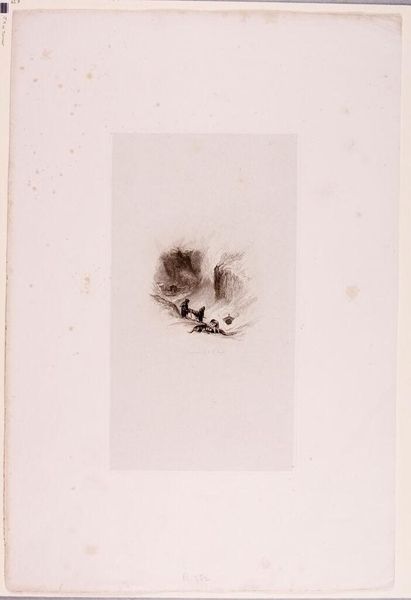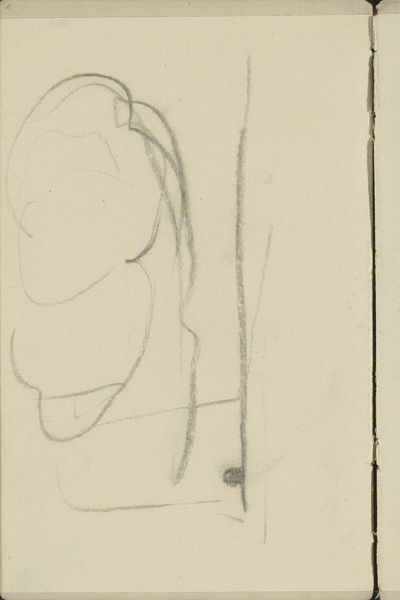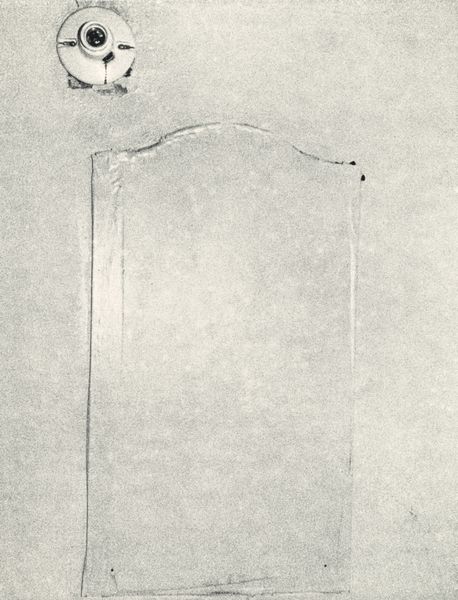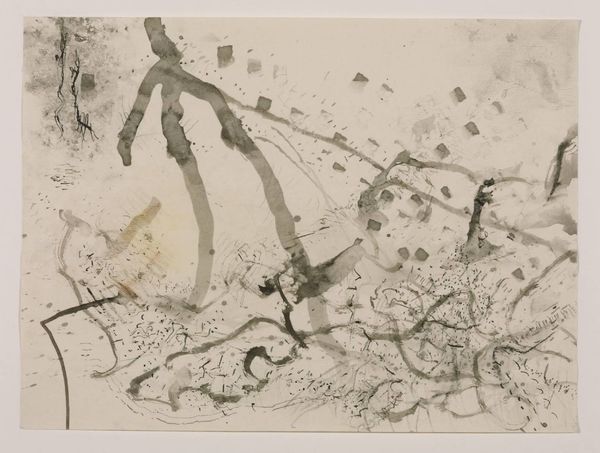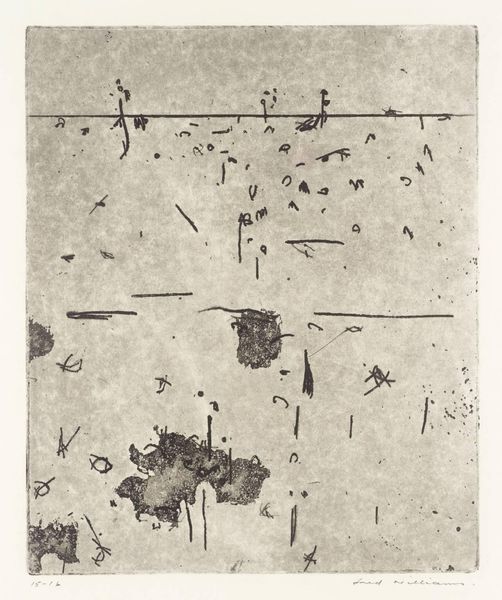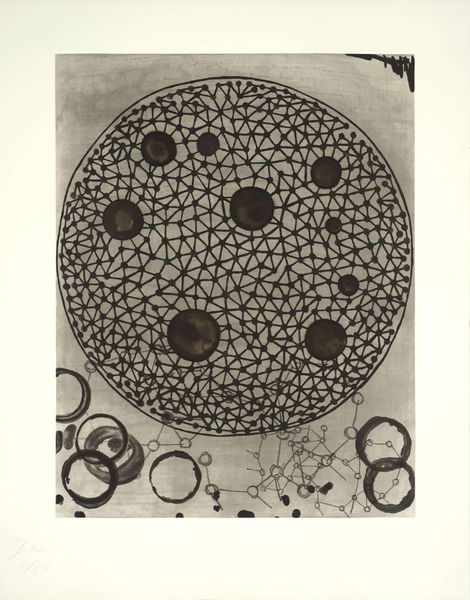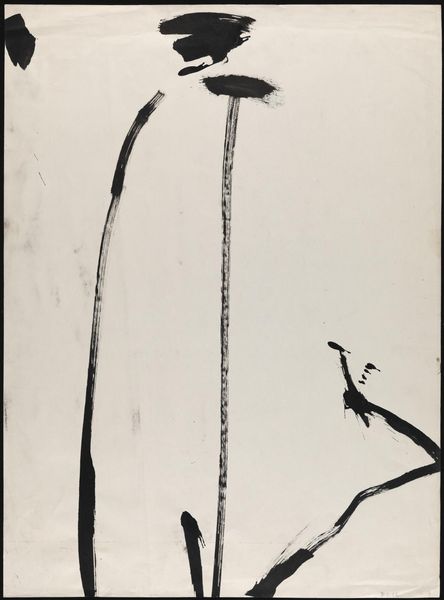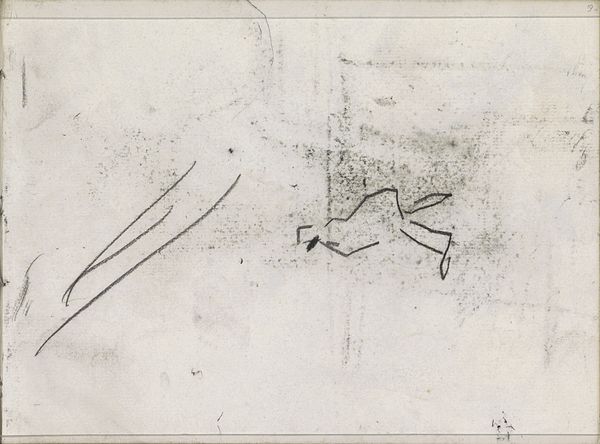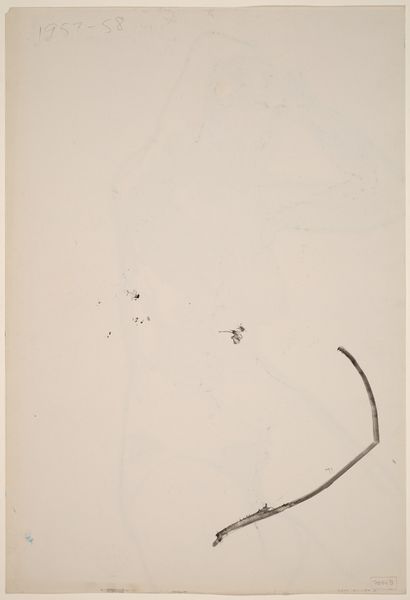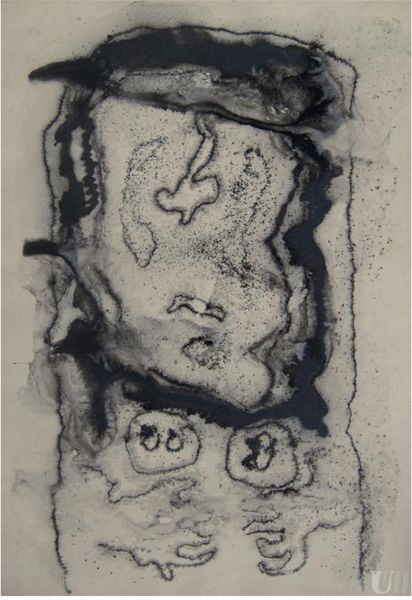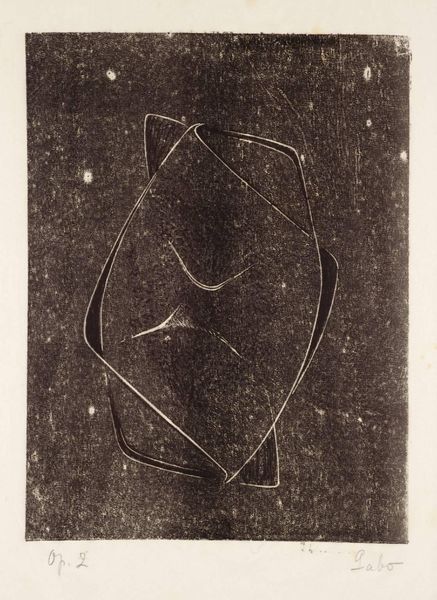
Dimensions: image: 255 x 200 mm support: 383 x 270mm
Copyright: © The estate of Richard Hamilton | CC-BY-NC-ND 4.0 DEED, Photo: Tate
Editor: This is Richard Hamilton's "Heteromorphism," an undated print from the Tate. It's delicate, almost like a scientific diagram, and I'm curious about its meaning. What do you see in this piece? Curator: I see an emphasis on the printmaking process itself. How does the labor of etching and the materiality of the plate interact to produce these forms? Look at the textures, the subtle variations in the ink. Is it a deliberate blurring of the line between high art and industrial process? Editor: So, you’re saying it’s less about what the shapes *represent* and more about how they were *made*? That's a perspective shift for me. Curator: Exactly. Perhaps Hamilton is questioning the preciousness of art by highlighting its production. What does it tell us about our consumption of images? Editor: I never considered the work in terms of its manufacture. I see the piece very differently now, focusing on the "how" instead of the "what".
Comments
tate 3 months ago
⋮
http://www.tate.org.uk/art/artworks/hamilton-heteromorphism-p07656
Join the conversation
Join millions of artists and users on Artera today and experience the ultimate creative platform.
tate 3 months ago
⋮
These prints, with their tentative shapes resembling amoebae, anemones and other forms of microscopic life, were made in response to D'Arcy Wentworth Thompson's book on morphology On Growth and Form (1917). The book was a scientific study of the forms in nature, which argued that recognisable mathematical structures can be found in all organisms. The print titled Heteromorphism was used as the cover of a catalogue for Growth and Form, an exhibition inspired by Thompson's theories, which Hamilton and Nigel Henderson organised in 1951, when they were both studying at the Slade School of Art. (See display cases). Gallery label, August 2004
